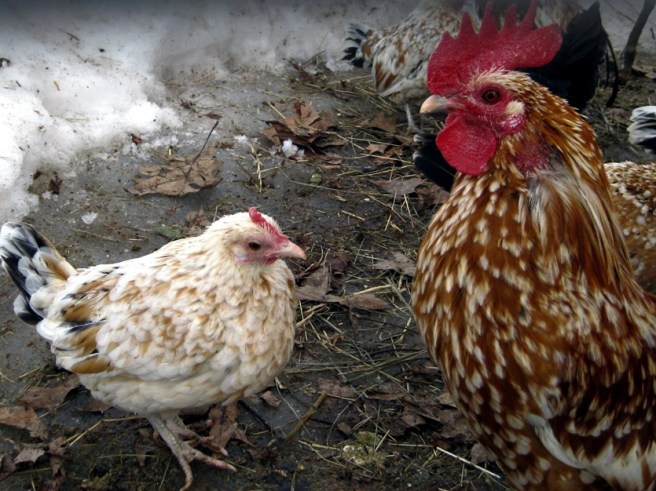
The hay(na)ku is a fairly recent invented poetry form created in the Philippines by the poet and artist Eileen Tabios in 2003. It somewhat resembles the haiku in the fact that they both consist of three short lines. But unlike the traditional Japanese form, the hay(na)ku is isoverbal, meaning its lines’ lengths are measured by the number of words instead of syllables. There is one word in the first line, two in the second, and three in the third.. There is also a variation known as the reverse hay(na)ku, in which the lines are set in the opposite order (with three words in the first, two in the second, and one in the final line).
Also like haiku, a hay(na)ku doesn’t necessarily have to have a title, but there is no rule against it having one either. And as far as subject matter is concerned, anything goes.
I personally find this form much freer and thus much more fun and easier to write than the haiku, which I usually have difficulty composing. Although their quality might be dubious, I was able to turn out the following five hay(na)ku within an hour (you might notice my last two are poultry-themed – that is no doubt due to being raised as a child on a chicken farm):
Secret Identity
Nobody
knows that
I’m not me.
The Ache of Unrequited Love
Hearts
don’t really
break, but bruise.
It Will All Come Out in the Wash…
Dirty
laundry – red
hats, white sheets.
Unrecognized Potential
Sometimes
even chickens
can unexpectedly fly.
Barnyard Memories of My Youth
Pullets
bathing in
basins of earth.

Fascinating and enjoyable form of poetry. Thank you for sharing. 🙂
LikeLiked by 1 person
You are very welcome, Eugenia! It is my pleasure. Having just discovered the hay(na)ku recently, I am surprised how popular this form has become around the world with poets creating their own variations including the abecedarian hay(na)ku and the hay(na)ku sonnet.
LikeLike
Reblogged this on BrewNSpew.
LikeLiked by 1 person
Thank you so much for reblogging my post on BrewNSpew, Eugenia! I really appreciate it! 😀
LikeLike
Informative article. Love the Hayku selections! 🙂
LikeLiked by 1 person
Thank you so much, Bette! I am so pleased you like my hay(na)ku.😁
LikeLiked by 1 person
This is interesting, I shall try the form, I do love your hay(n’a)ku poems especially the very proud chickens
LikeLiked by 1 person
Thank you so muchmuch, Helene! I am so happy you liked my hay(na)ku. I would love to see the ones you write.😀
LikeLiked by 1 person